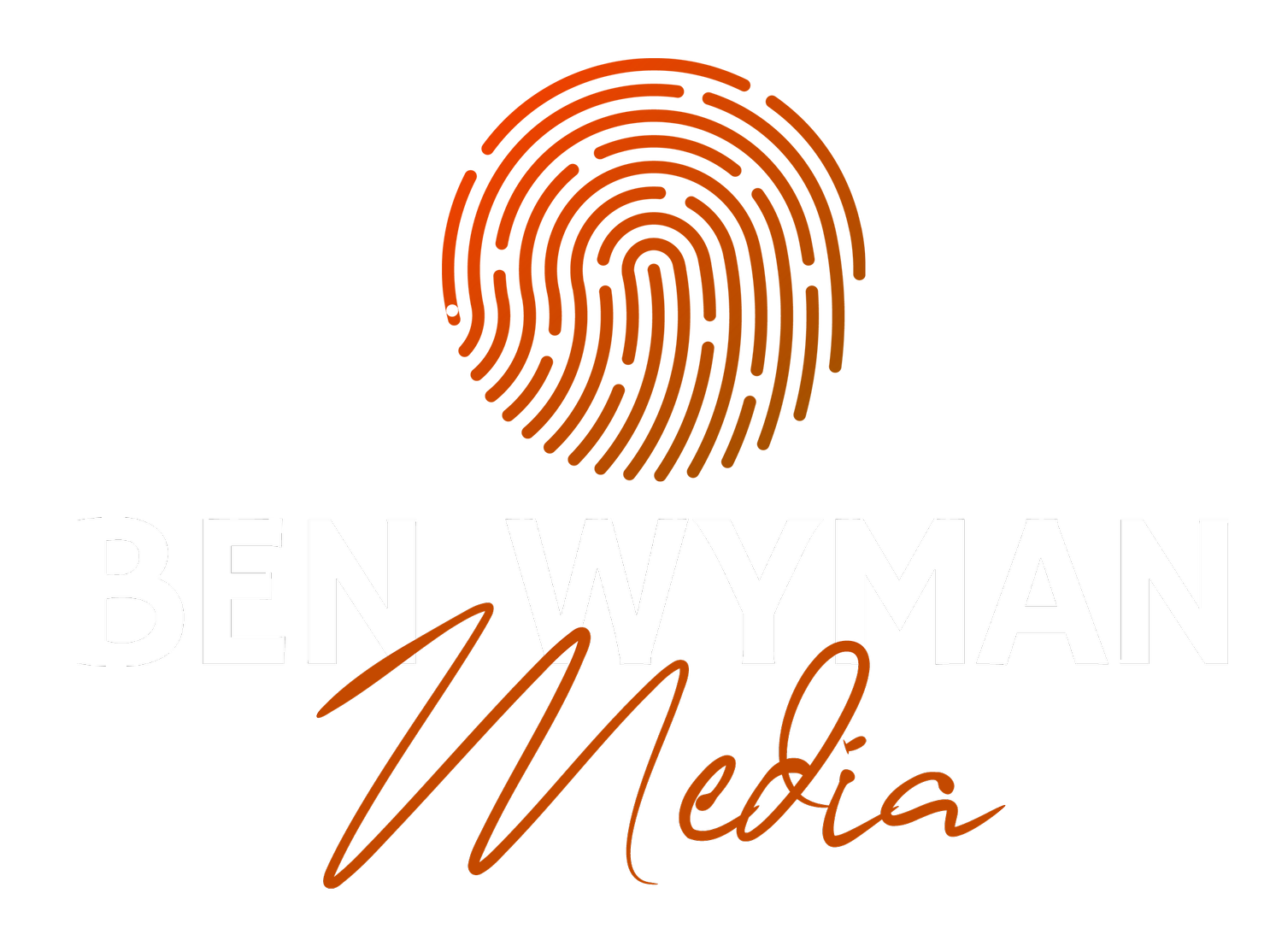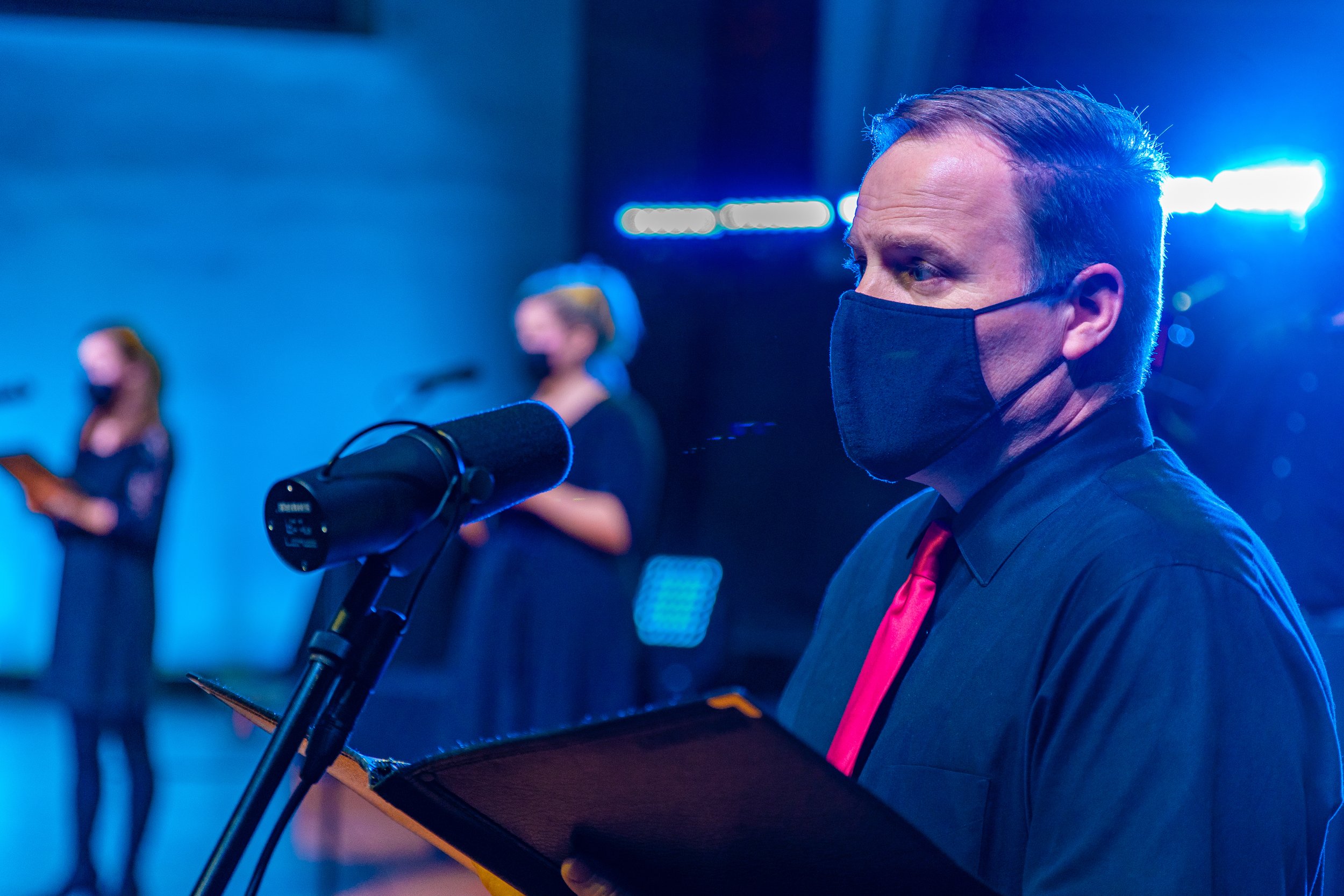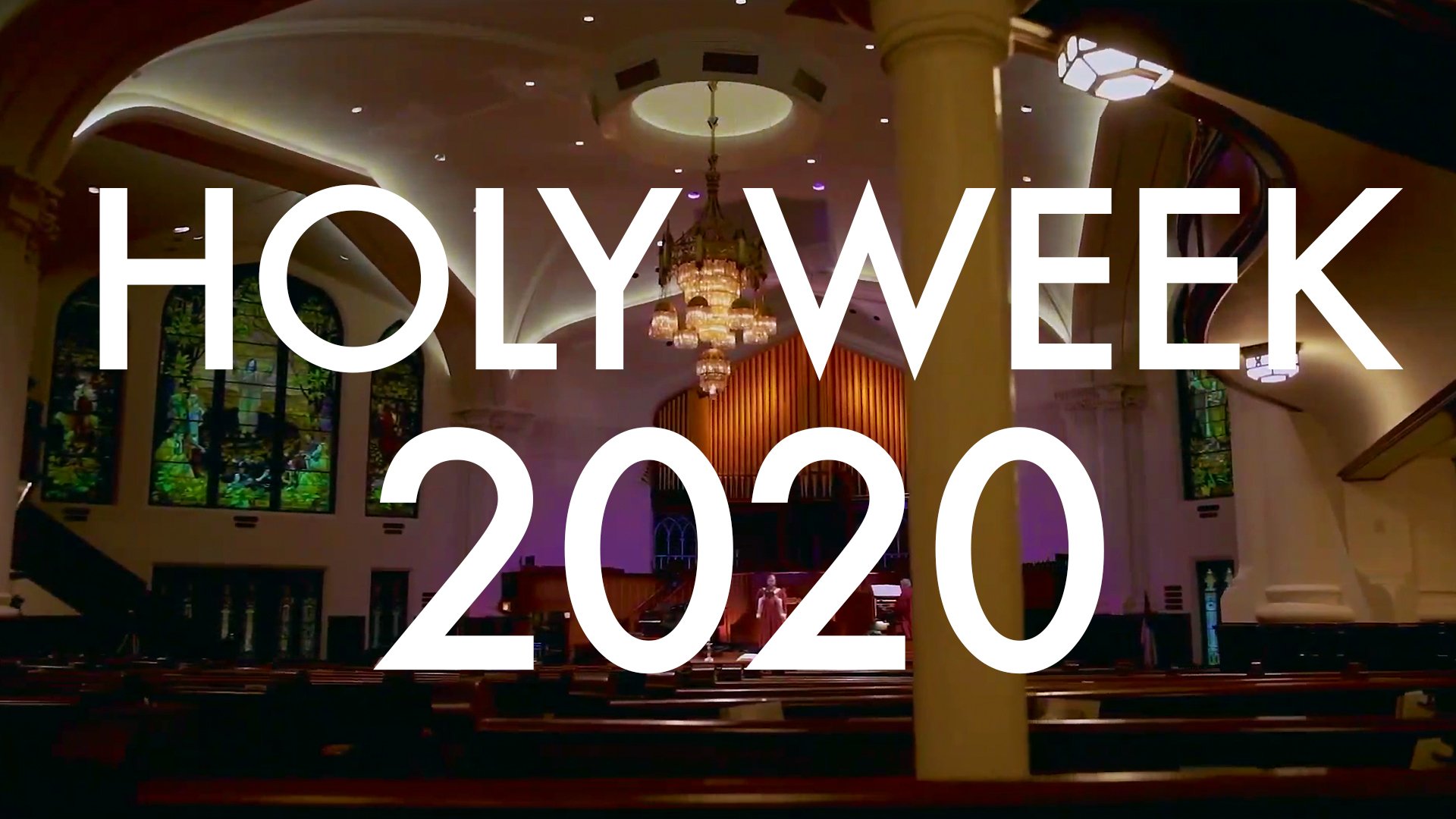HOW TO BECOME AN ENTIRELY ONLINE CHURCH
In March of 2020, First Methodist Houston, like everywhere else in the world, shut its doors in response to the Covid-19 Pandemic. In the space of a few days, we had to figure out how to keep all of the ministry we were doing going. That meant that we had to take everything the church did - on two campuses, with thousands of members, five unique services, thirty Sunday School classes, dozens of weekly Bible Studies and small groups, our missions ministry, our homeless ministry, our refugee ministry, our children’s ministry, our student ministry, and a lot more things I’m forgetting - and move all of that online.
By the end of the week, I had been given a new directive: as communications director, the entire process of the church now ran through me. Figure it out.
STEP ONE: Don’t Panic.
Much of it this was quickly solved with the solutions you’ve already assumed: I learned how to use Zoom, taught the staff, the staff taught the rest of the congregation, and we split a huge amount of our in-person gatherings across 10 different Zoom channels. A good portion of our congregation is over 70, and that can be a tough transition, so for the next two years, I became the emergency IT support for a lot of people learning to video chat for the first time.
STEP TWO: Panic A Little Bit. It’s Very Motivating.
The church had five distinct services that happened every week across both campuses - 3 traditional services, a contemporary service, and an African service - and we needed to find a way to produce those services in a way that all of our existing members could join in on Sunday mornings.
We had an advantage over a lot of churches figuring out what to do about Covid in that we had already been producing high-end streaming feeds of our worship services - we just needed to figure out how to do that same thing in a Covid-safe fashion with no volunteers, which we very quickly learned meant “these things can’t all happen at the same time anymore.”
We started holding “live” services that we would pre-record at our west campus during the week, which would all stream simultaneously on Sunday morning, while we kept our traditional service genuinely live and broadcast it from our sanctuary downtown.
This became an immediate growth point for our church - the quality difference between what we were able to create and what most churches were doing was dramatic. We started to get new attenders from across the country and later, other continents.
STEP THREE: Try To Keep Things Special.
Easter Weekend was only three weeks after we first shut our doors on Sundays, but I knew that our members were really going to miss being able to be in the sanctuary across those days. It’s a church where a large portion of the congregation has been a part of the church for decades, some times many decades, and traditions like having Easter inside that sanctuary are really important to the people who worship there.
I wanted to make that first Easter away special. That meant that almost immediately, we began filming Maundy Thursday, Good Friday, and Easter Sunday in bits and pieces, as best we could manage as things began to lock down.
The choir and soloists were brought in separately and tracked in sections, we put together a much smaller worship band for the contemporary service and built the stage into a much more intimate fashion, and then the pastors and speakers were filmed throughout the weeks leading up to Easter. All the way through, our video producer and I split up the editing and frenetically stitched things together as we went along, editing all the way up until the early morning hours for each of those days.
STEP Four: Teach Everyone How To Do High-End Production At Home
Literally the day after Easter, we had to fully shut down our campus and move everyone to full-time virtual work. There are a lot of things that translate well into virtual work, but high-end video production of weekly worship performances is not one of those.
Like so many things, the biggest part is simply the effort to get the work accomplished at all. So I was immediately shipping ring lights and podcast microphones all across the city of Houston so that everyone could start their own little production studio at their house.
I put together a webpage that I helpfully titled How To Make A Video, where staff members could upload the footage they shot on their phones, and which explained to them the basics of what they needed to do in terms of audio, video, and lighting. I gave everyone a basic course in sound dampening and one-point lighting, and reminded them to turn their phones sideways before they started recording.
Sometimes, you only have three minutes to explain all of film school. You skip to the important stuff.
In a couple weeks, we had video coming in from dozens of staff members, singers, and musicians, with four different people mixing audio and three different people sharing video editing duties, outputting three different worship services every Sunday.
I think what we accomplished was some of the best work of any church in America during that time.
STEP FIVE: Coming Back Together
After a few months, we began working on how to return to filming in person safely. We developed a system of filming to keep the pastors, musicians, and my team constantly socially distant and masked as much as possible.
The first step was hosting and sermons. We emptied out an old music closet, built in a couple of bookshelves as a background, and relit it to be used as both a spot for speaking. It enabled the people filming to work from 20 feet away, standing inside a massive choir rehearsal room.
The difficulty was worship. We weren’t sure how to film a full band playing a worship service safely, we felt like we couldn’t put camera people in the same room. So we decided to rewire the building.
We needed to be able to run in-ear monitors and live track all the musicians at once, plus we needed to move all of our robotic cameras from the sanctuary into the rehearsal rooms and back again, so I could control an entire broadcast from the control room. Then we isolated the singers inside the sanctuary by themselves, and spread the musicians out among the rehearsal rooms.
It worked perfectly. We were able to knock out 8-10 songs a session, meaning that after only a few recording sessions, we had enough worship music to use every week in perpetuity.









